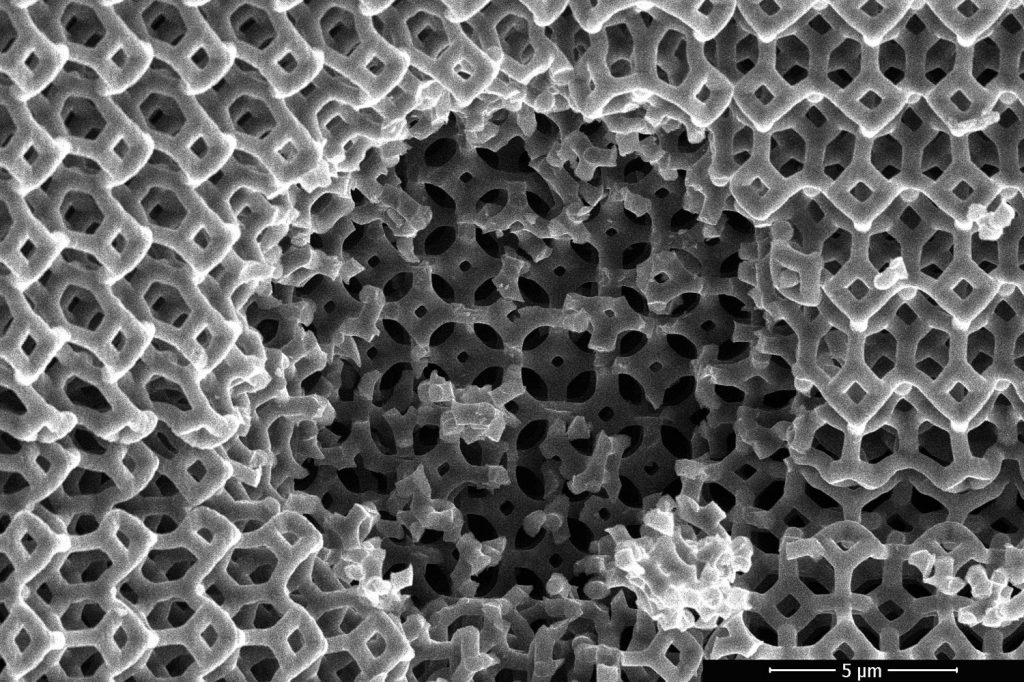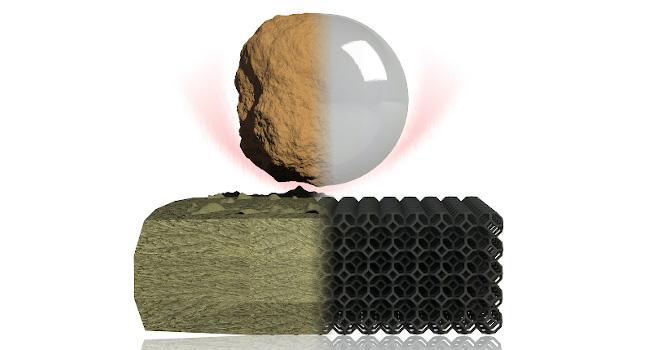Professors Ben Goult and Jen Hiscock led a Kent team that developed and patented a groundbreaking new shock-absorbing material that has the potential to revolutionize both the defense and planetary science sectors. The current body armor is cumbersome and inconvenient, with a ceramic face supported by a fiber-reinforced composite. Furthermore, while this armor is effective against bullets and shrapnel, it does not protect against kinetic energy, which can cause blunt trauma behind the armor.
The developed material demonstrated the ability to absorb shock from projectiles traveling at 1.5 km (0.93 miles) per second, deep in the supersonic speed range, which begins at Mach 1—about 343 m (1,125 ft) per second. The team discovers that this is much faster than the projectiles expected from a firearm, which travel at 0.4 to 1 km (0.24 to 0.62 miles) per second, and much faster than most particles whizzing through space, which typically travel at more than 1 km (0.62 miles).

Professor Ben Goult explained: “Our work on the protein talin, which is the cell’s natural shock absorber, has shown that this molecule contains a series of binary switch domains that open under tension and refold again once tension drops.” This response to force gives talin its molecular shock-absorbing properties, protecting our cells from the effects of large force changes. When we polymerized talin into a TSAM, we found the shock-absorbing properties of talin monomers imparted the material with incredible properties.

Professor Jen Hiscock said, “This project arose from an interdisciplinary collaboration between fundamental biology, chemistry, and materials science, which has resulted in the production of this amazing new class of materials.” We are very excited about the potential translational possibilities of TSAMs to solve real-world problems. This is something that we are actively undertaking research into with the support of new collaborators within the defense and aerospace sectors.


